
Easy Reusable and Eco
Friendly
Jute dicotyledenous fibre-yielding plant of the genus Corchorus, order Tiliaceae. Jute was once known as the golden fibre of Bangladesh, since it was the most important cash crop for the country. Jute fibre is produced mainly from two commercially important species, namely White Jute (Corchours capsularis), and Tossa Jute (Corchorus olitorius). The centre of origin of white jute is said to be Indo-Burma including South China, and that of tossa Africa. The word jute is probably coined from the word jhuta or jota, an Orrisan word.
This indicates the ancient uses of jute materials by the people of these areas. There is evidence of the trade of jute cloth in the 16th century. ain-i-akbari (1590) mentions sackcloth originating from Bengal. Jute grows under wide variation of climatic conditions and stress of tropic and subtropics.
It is grown in Bangladesh, India, Myanmar, Nepal, China, Taiwan, Thailand, Vietnam, Cambodia, Brazil and some other countries. Bangladesh used to enjoy almost a monopoly of this fibre commercially; its share in the export market was 80% in 1947-48 but in 1975-76 it fell to only 25%. This fall in the world market was due to the fact that many countries had started growing jute and allied fibres. The substitutes of jute are multiwalled paper bags, poly-propelin, polythylene, and natural fibres from kenaf, hemp, sida, sunhemp, etc. Jute fibres are used in hessians and gunnies, carpet and rugs, paper, canvas, tarpaulin, handicrafts, etc. Dundi (UK) purchases high class jute of all grades, particularly white and tossa. Belgium, Italy, USA, South America are the buyers of superior quality jute. Jute was cultivated in ancient times in Bengal.
At that time it was more or less a garden plant and its leaves were used as a vegetable and for medicinal purposes.
Jute grows well where the annual rainfall is 1500 mm or more, with at least 250 mm during each of the months of March, April and May. The optimum range of temperature required is 18°-33°C. Jute is cultivated in the rainy season. In Bangladesh sowing usually starts at the end of February and continues up to the end of May, depending on the species.
Cultivation
Cultivation largely depends upon pre-monsoon showers and moisture conditions. C. capsularis is more water tolerant and thus generally can be grown in low lands, and even under waterlogging conditions, while C. olitorious is more susceptible to water logging and hence cultivated in medium to lower medium lands. Jute can be grown in a number of soil types, ranging from clay to sandy loam with optimum fertility, and soil pH ranging from 5.0-8.6.
Jute is basically self-pollinated and has fourteen diploid chromosomes. It needs long daylight for growth. After sowing, four to five months are needed for harvesting crops. This is done at the flowering stage.
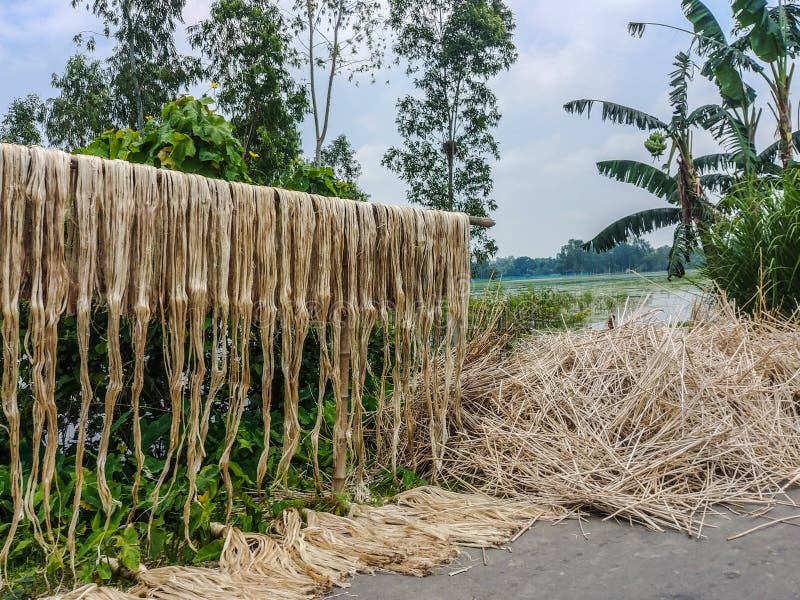
The fibre is obtained from the bast or phloem layer of the stem. Jute cultivation is labour intensive and is mostly grown by marginal, poor, and small landowners. For successful cultivation, land preparation is very important. It needs 3-5 times cross ploughing and laddering for uniform smooth soil, which must have more than 20% organic content. Cow dung is generally used, along with NPK in appropriate proportion, according to the soil type. In Bangladesh farmers generally do not use any fertiliser in jute cultivation. However, when used it must be applied in three stages; one at land preparation, and two as top dressing at appropriate time. During cultivation weeding is usually done in addition to thinning.
Generally, 10-12 kg/ha seed is sown by the broadcasting method. In line sowing, lower amount of seeds is required. Traditionally, farmers keep a small part of the crop area for growing seeds until the seeds mature in October/November. After harvesting, plants are bundled together with required number of plants, and kept standing for 5-7 days in the field for shading off the leaves. Then the bundles are put under water. Clear slow flowing water is the best thing possible for good retting. After 12-15 days, when proper retting is completed, the fibre is separated from the stick by hand and then washed and dried in sunlight. After drying, farmers sell the fibre in the local market.
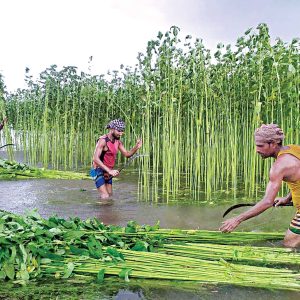
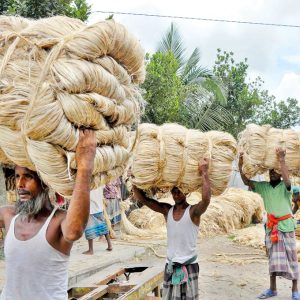
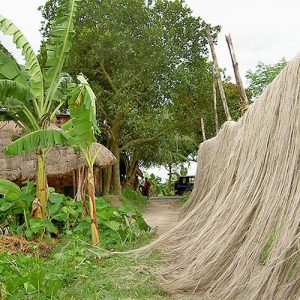
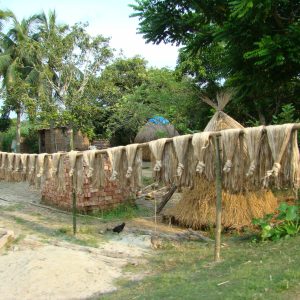
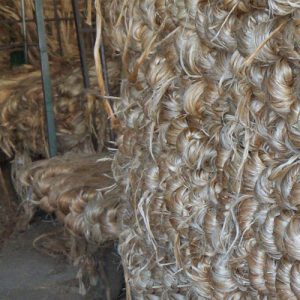
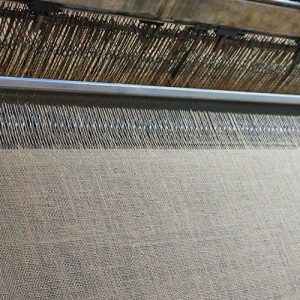
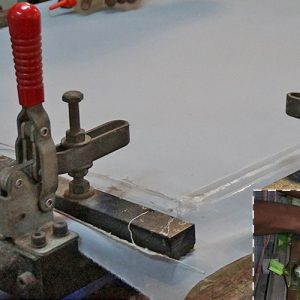
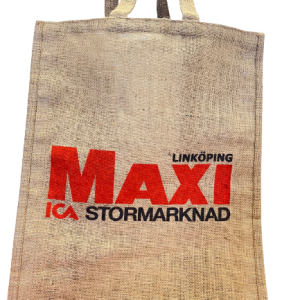
Previous
Next
